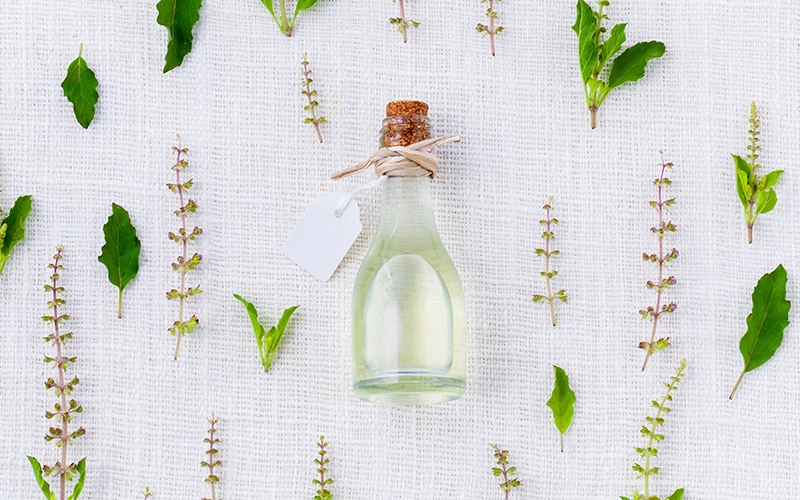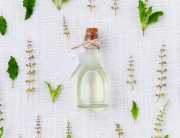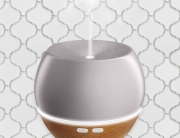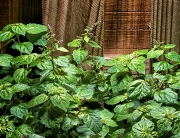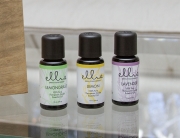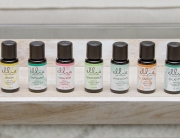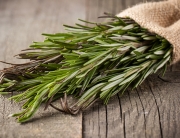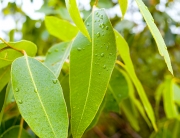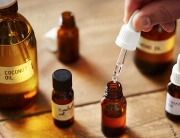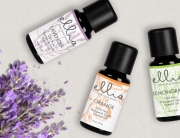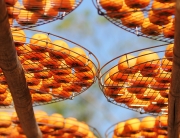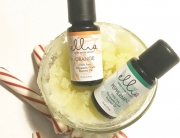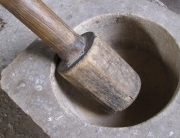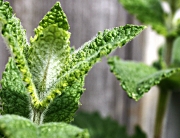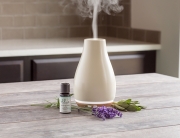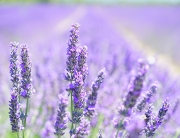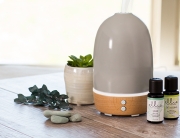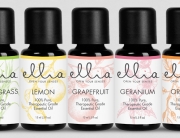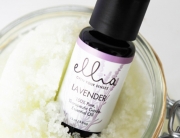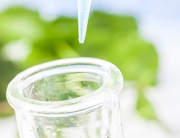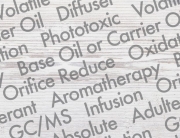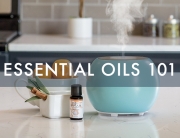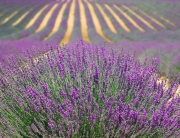We know we love our essential oils. We know we crave different aromas, according to our mood. We know they’re derived from the plant after which they are named. But, how do they get from the plant to the bottle?
DISTILLATION
Various forms of distillation and extraction have been known and practiced for more than 5,000 years. However, the advent of true steam distillation is credited to Avicenna (980-1037), a Persian scholar who wrote the Canon of Medicine, documenting plants and their uses.
During steam distillation — the most common form of distillation of essential oils — plant material is placed inside a sill. Steam or water is pressurized and makes its way through the plant material to remove the volatile components. These rise up through a connecting pipe, leading them to a condenser, which cools the vapor, bringing it back into liquid form. The water and oil separate, as oil and water do not mix, and the water is separated out. The water is called a hydrosol and the oil is the essential oil.
EXPRESSION
Expression, also referred to as cold-pressing, is a method of extraction specific to citrus essential oils, such as grapefruit, lemon, and orange. When you slice an orange, you are cutting open some of the oils’ sacs, thus the bright juicy aroma. You can try smelling the orange peel before you cut into it, and then notice the change in aroma after the sacs are cut open.
There was a time when this form of extraction was actually done by hand and was referred to as sponge pressing. The citrus rind would be soaked in warm water, then a sponge would be used to squeeze the rind, thus bursting open the essential oil sacs and absorbing the oil. Once the sponge was saturated, it would be squeezed out over a basin and allowed to stand so the essential oil and any water/juice could be separated off.
This extraction method has developed into a more modern and less labor-intensive process, termed ecuelle a piquer. The process remains fairly straightforward, and it involves sticking and pricking of the rind to release the essential oils. Here, the rind is placed in a container lined with spikes that puncture the peel while the device is rotated. This puncturing of the rind releases the essential oils into a collection basin. The expressed material passes through a centrifuge to separate the essential oil from the fruit juice.
SOLVENT EXTRACTION
Some plant material is just too fragile to withstand distillation, such as delicate jasmine flowers. Solvents can be used to help coax out the aromatic beauty of such fragile botanicals. The result is technically called an absolute. The basic concept is that plant material is macerated and mixed with a solvent like hexane or alcohol. These chemicals attract the essential oil out of the plant material. The oil and the solvent are then separated. Many aromatherapists do not consider absolutes essential oils and do not recommend them to be used in aromatherapy, as there may be residual solvents left in the aromatic material at the end of processing.
CO2 EXTRACTION
This form of extraction uses CO2 as the solvent combines with low temperatures to extract the essential oils. Although an expensive process, the aromatic outcome is extremely desirable, as the oil produced has a very similar aroma to the plant from which is was extracted.
Ready to learn even more about essential oils? Start with the top terms to know.

